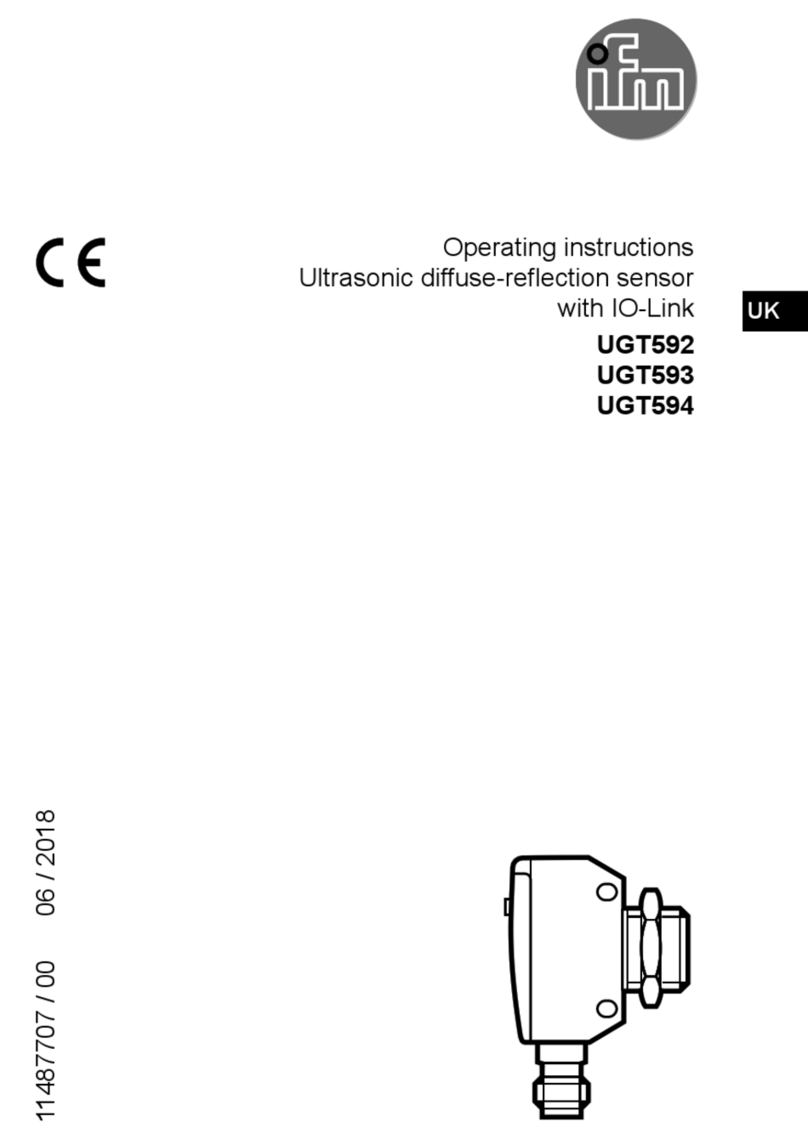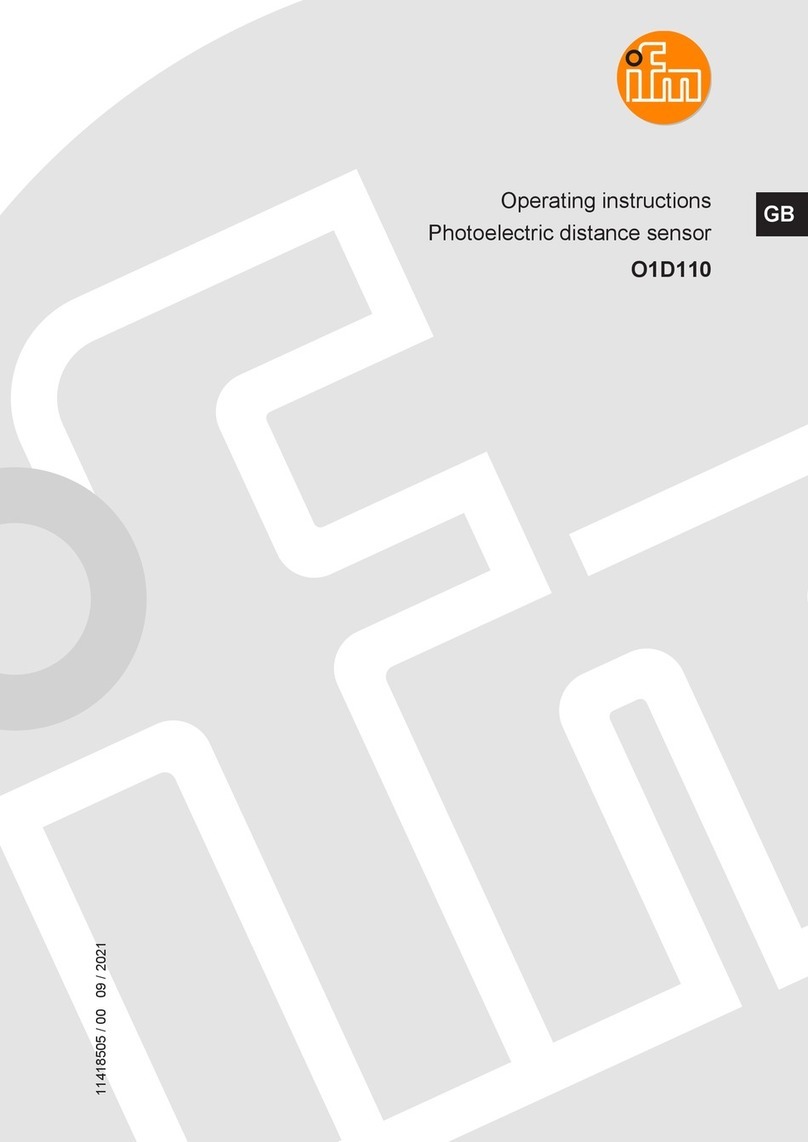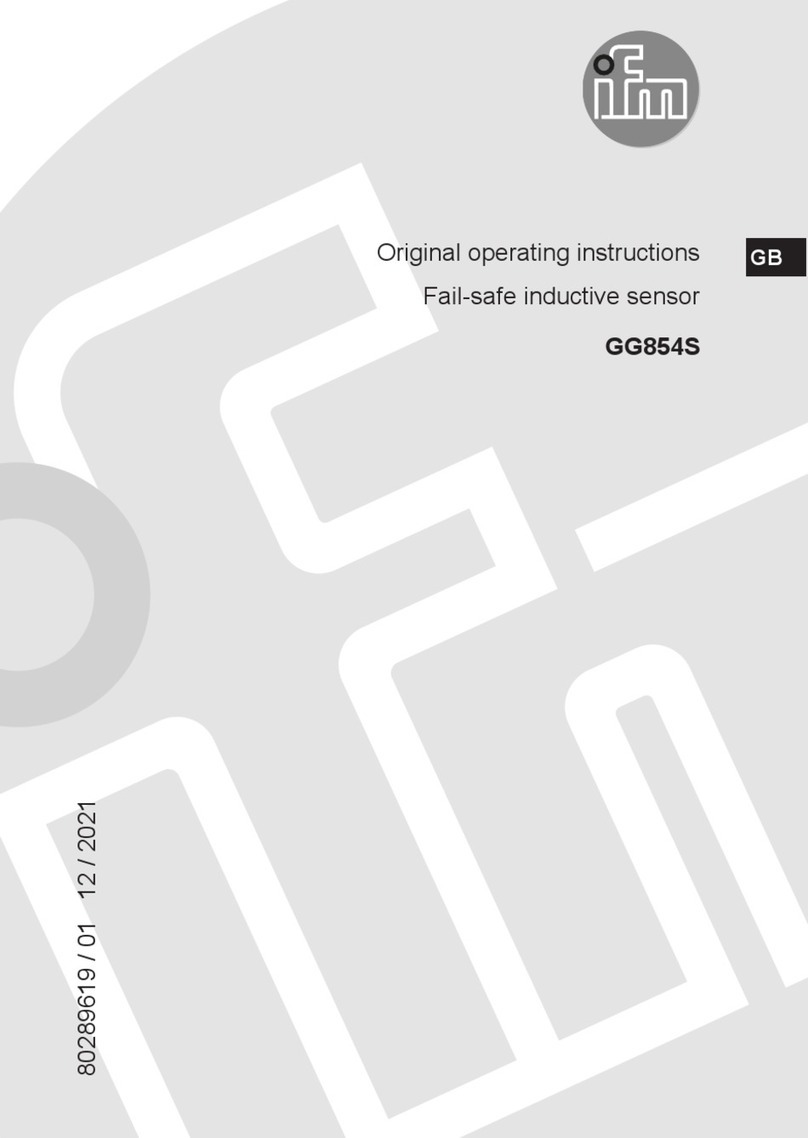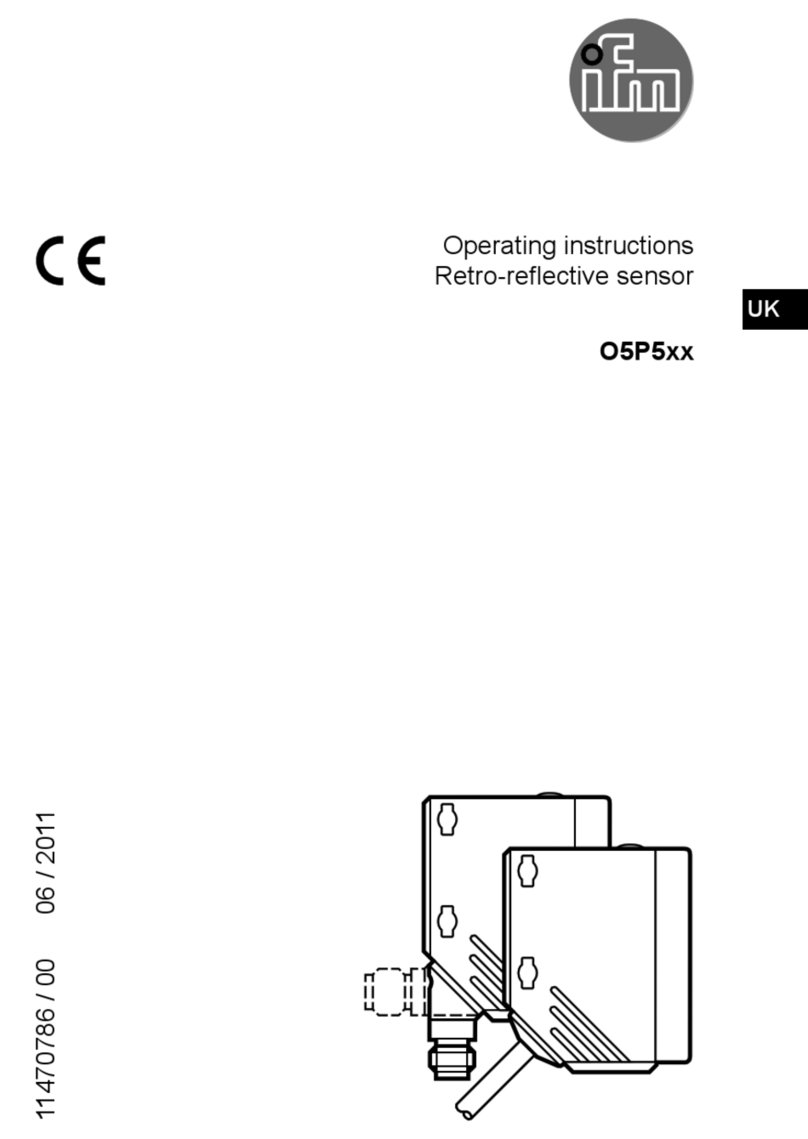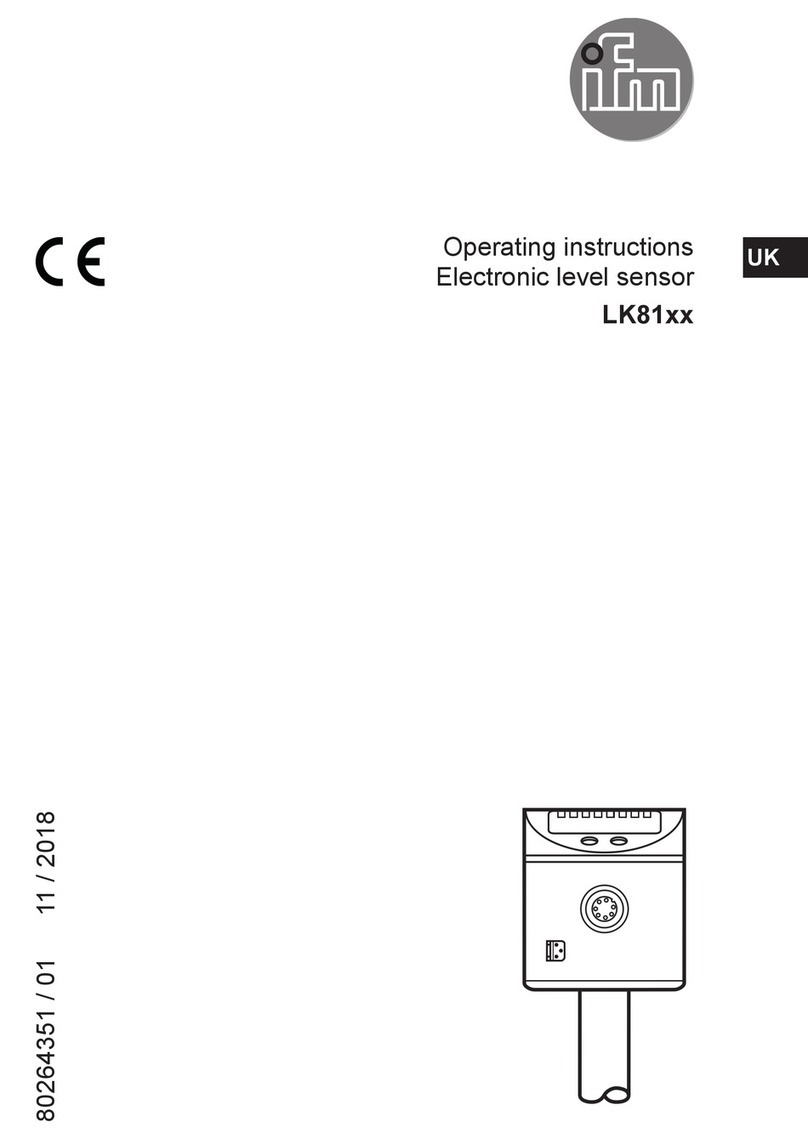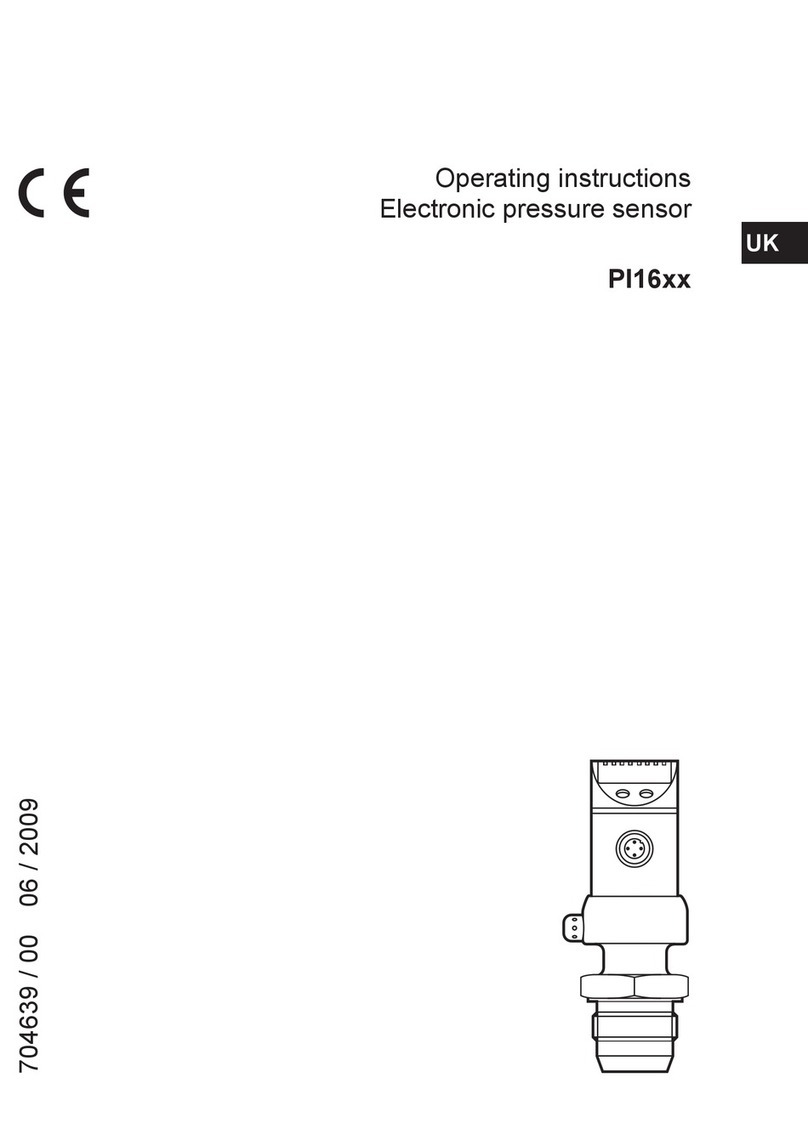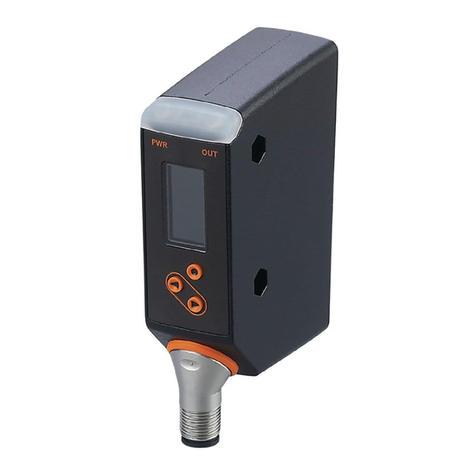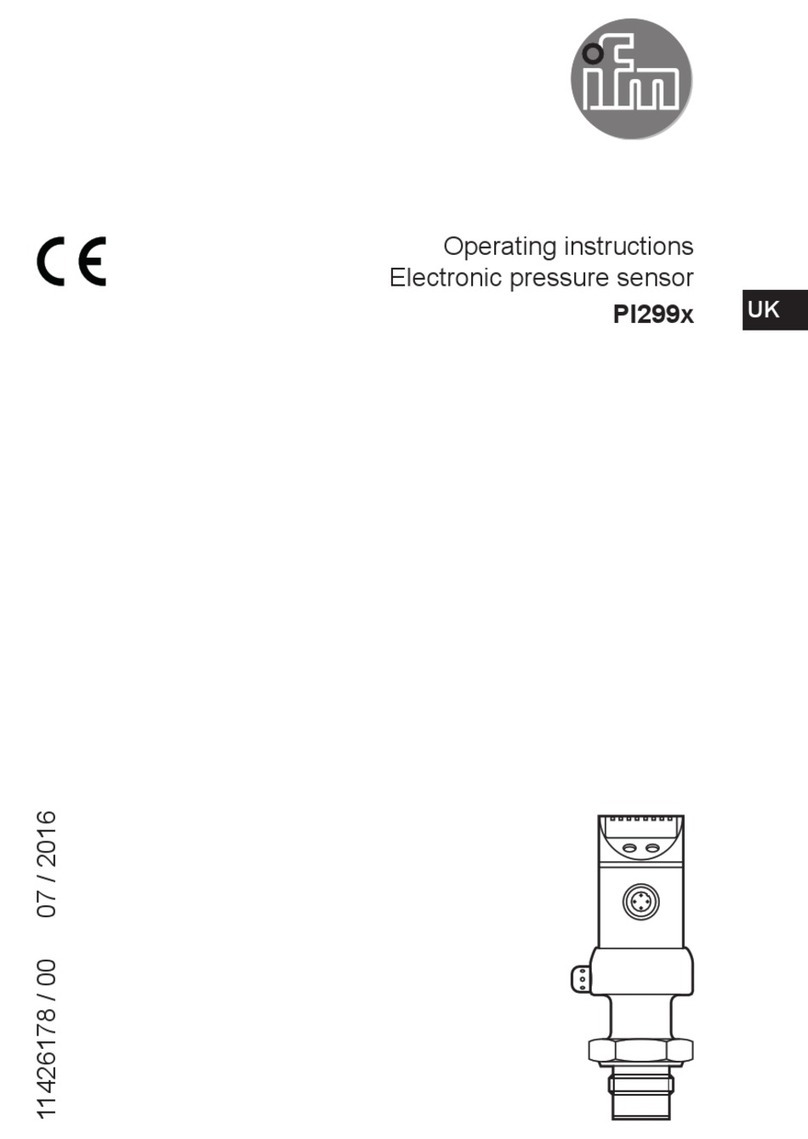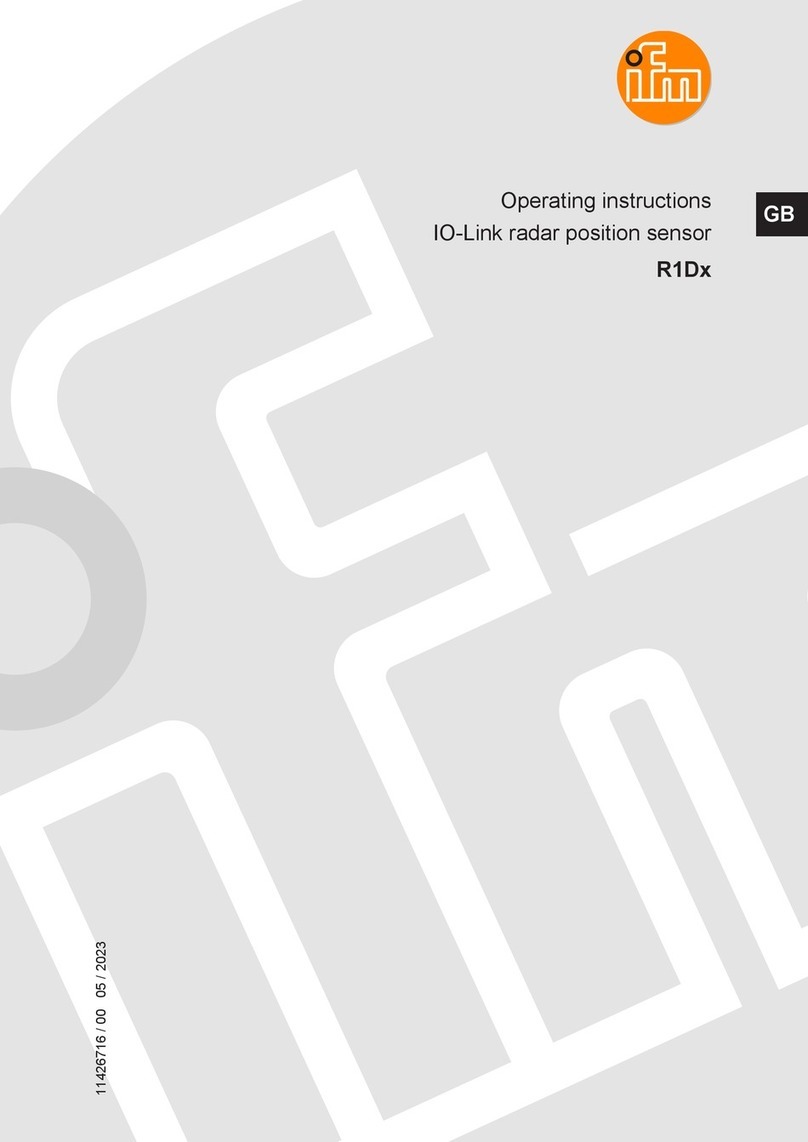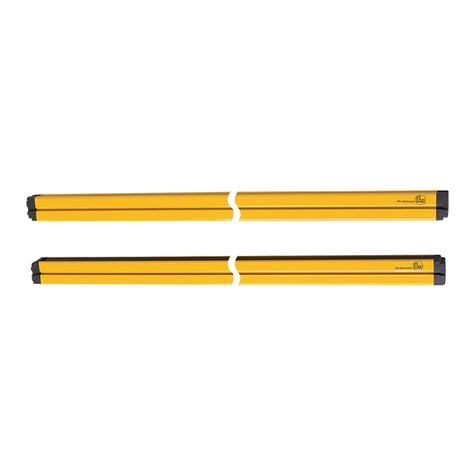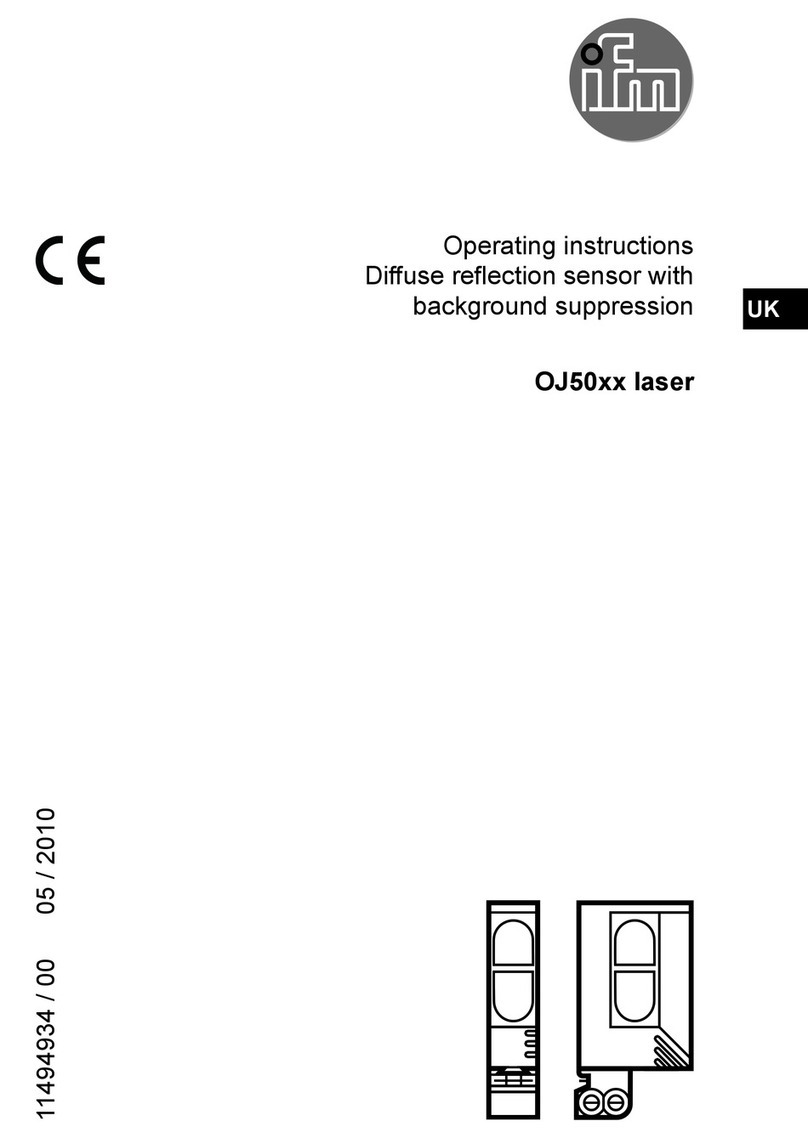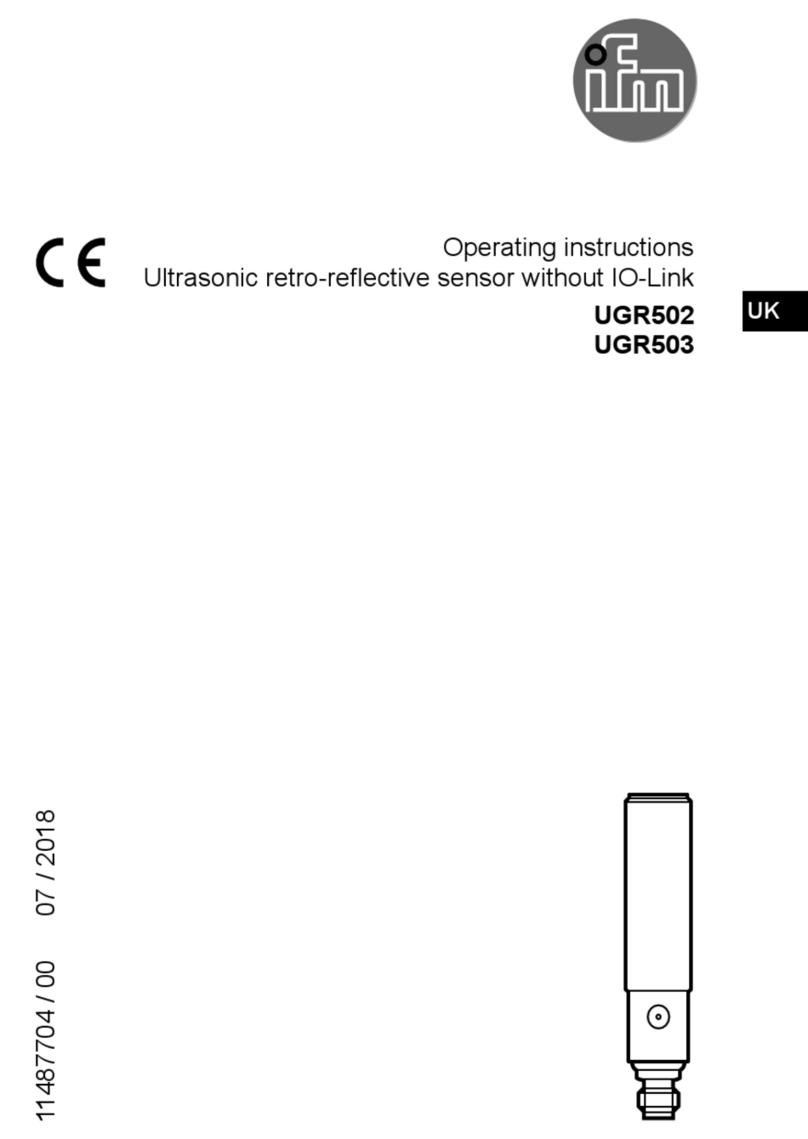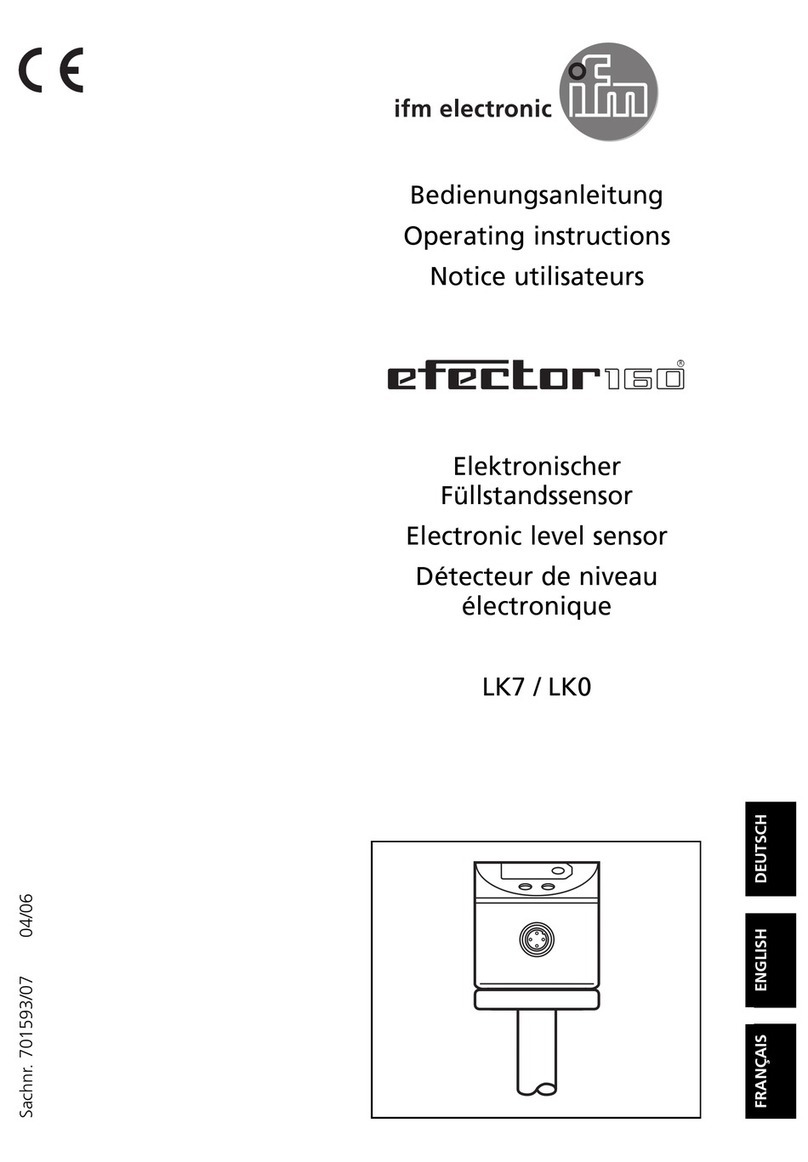
LI213x Binary level sensor for overflow prevention / leakage detection according to WHG
2
Contents
1 Preliminary note ............................................................. 3
1.1 Symbols used.......................................................... 3
2 Safety instructions............................................................ 4
3 Intended use................................................................ 5
3.1 Type designation........................................................ 5
3.2 Application area ........................................................ 5
3.3 Restriction of the application area........................................... 5
4 Function ................................................................... 6
4.1 Measuring principle level.................................................. 6
4.2 Measuring principle temperature............................................ 6
4.3 Features of the device.................................................... 6
4.4 IO-Link ............................................................... 7
4.5 Application examples .................................................... 7
5 Installation.................................................................. 9
5.1 Mechanical installation ................................................... 9
5.2 Determining the installation depth, installation distances. . . . . . . . . . . . . . . . . . . . . . . . . . 9
6 Electrical connection.......................................................... 12
7 Parameter setting............................................................ 13
7.1 Parameter setting via the teach button . . . . . . . . . . . . . . . . . . . . . . . . . . . . . . . . . . . . . . . 13
7.2 Operating status and switching status indication . . . . . . . . . . . . . . . . . . . . . . . . . . . . . . . . 14
7.3 Unlock device.......................................................... 14
7.4 Empty adjustment....................................................... 14
7.4.1 Application as overflow prevention or maximum monitoring . . . . . . . . . . . . . . . . . . . 14
7.4.2 Application as leakage detection . . . . . . . . . . . . . . . . . . . . . . . . . . . . . . . . . . . . . . . . 15
7.5 Full adjustment......................................................... 16
7.5.1 Application as overflow prevention or maximum monitoring . . . . . . . . . . . . . . . . . . . 16
7.5.2 Application as leakage detection . . . . . . . . . . . . . . . . . . . . . . . . . . . . . . . . . . . . . . . . 16
7.6 Parameter setting via IO-Link.............................................. 17
7.6.1 Parameter setting via the memory plug . . . . . . . . . . . . . . . . . . . . . . . . . . . . . . . . . . . 18
7.7 Adjustable parameters and system commands . . . . . . . . . . . . . . . . . . . . . . . . . . . . . . . . . 18
7.8 Parameter setting examples via IO-Link . . . . . . . . . . . . . . . . . . . . . . . . . . . . . . . . . . . . . . 20
7.8.1 Application as overflow prevention or maximum monitoring . . . . . . . . . . . . . . . . . . . 20
7.8.2 Application as leakage detection . . . . . . . . . . . . . . . . . . . . . . . . . . . . . . . . . . . . . . . . 20
8 Operation .................................................................. 21
8.1 Function check......................................................... 21
8.2 Operation indication by LEDs (factory setting). . . . . . . . . . . . . . . . . . . . . . . . . . . . . . . . . . 21
9 Maintenance, repair and transport................................................ 22
10 Factory setting .............................................................. 23






